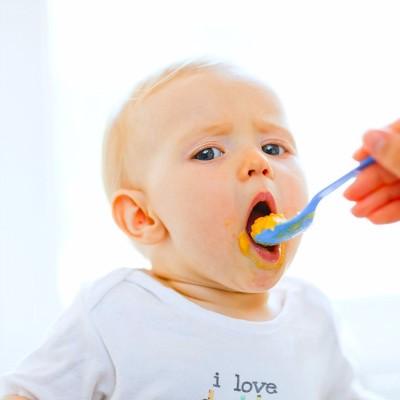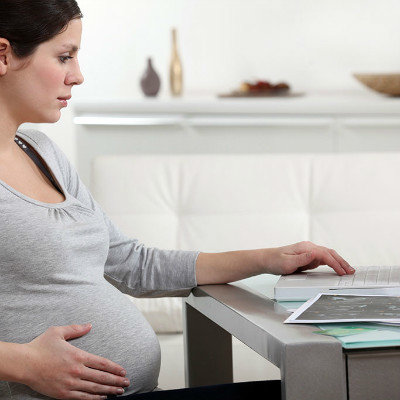What is the cause of infantile listeriosis?
summary
Listeriosis in children is an acute infectious disease caused by Listeria monocytogenes. Most of the children are infected when their immune function is low, and most of them are newborns and children with immunodeficiency. What is the cause of infantile listeriosis? Next, I'd like to share my views with you.
What is the cause of infantile listeriosis?
Listeria monocytogenes is Gram-positive bacilli, facultative anaerobic, no spores. Length 1-3 μ m. It has flagella and power. It grows in a variety of media, and is resistant to alkali but not acid. The most suitable culture temperature is 35-37 ℃. Under 4 ℃, the growth is poor. It can ferment many kinds of sugars, produce acid but not gas. It is catalase positive, methyl red and V-P reaction positive.

It can form mucopolysaccharide capsule in Glucose Peptone Water containing serum. Hemolytic ring can be produced on blood agar plate. In cerebrospinal fluid samples, they are arranged in pairs, like cocci, which can be mistaken for pneumococci. When gram stain is over decolorized, its shape is like influenza bacilli, sometimes it is easy to be confused with diphtheria bacilli, so it should be identified according to its biochemical characteristics.

After invading the gastrointestinal tract, the bacteria are absorbed by the epithelial cells of small intestinal microvilli, infect macrophages, and spread to the whole body with macrophages. Listeria can produce hemolysin, which can combine with cholesterol in cell membrane and cause the death of macrophages.

matters needing attention
Since listeriosis is caused by oral infection of food, attention should be paid to food hygiene, such as not drinking raw milk, not eating raw vegetables and uncooked meat. People with immune dysfunction should avoid contact with patients with listeriosis. Active treatment of listeriosis in pregnant women can prevent neonatal or fetal infection. When the disease is found in the neonatal room, it should be isolated to prevent transmission.
















